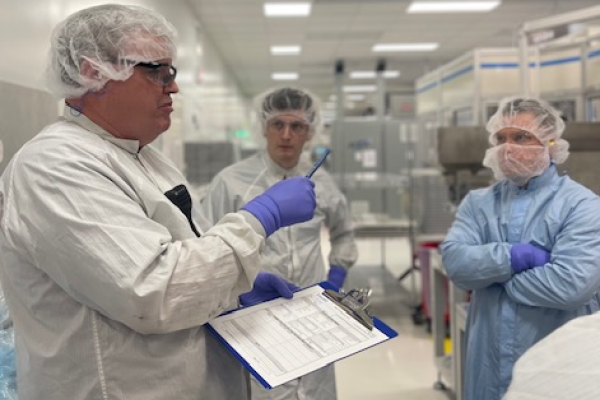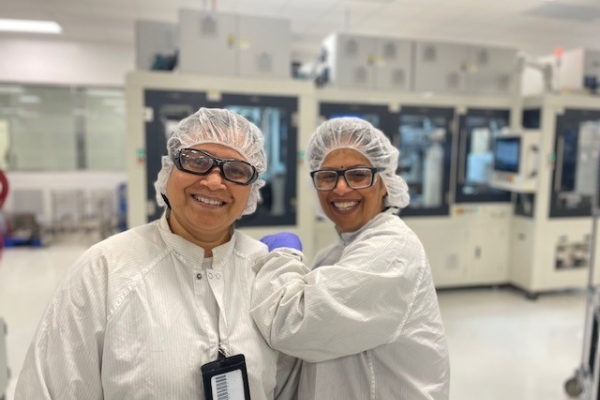

For 25 years, Insulet has been a proud American success story. Founded, headquartered, and growing in the United States, we have a simple but critical mission: to improve the lives of people with diabetes and enable our customers to enjoy simplicity, freedom, and healthier lives through innovative technology. Starting in Massachusetts as a father’s vision for his son who lived with diabetes, Insulet has since grown into a global movement rooted in American innovation. Today, our Omnipod® system helps over half a million people worldwide, including 100,000 children, establish and maintain consistent routines without the need for disconnection during daily activities1 and enhances their freedom without sacrificing glycemic control2,3,4.
Throughout our history, Insulet has been committed to building a strong American company that contributes to our domestic economy and our communities. Since 2016, we have invested over $600 million in our U.S. operations and have expanded our domestic employee base nearly five-fold. Today, our 2,900 employees located throughout the country are fueling U.S. leadership in advanced manufacturing and continuing to drive U.S.-based solutions to the critical, unmet need of diabetes care.
Looking ahead, our commitment to innovation, anchored in our co-located R&D and manufacturing headquarters in Acton, MA and our R&D facility in San Diego, CA, continues at pace. This includes investment in U.S. R&D, new jobs, and the expansion of our network of U.S.-based suppliers to help us remain one of America's strongest MedTech companies.
As we celebrate a quarter century of progress, our vision for the future is clear: keep customers and their families at the center of everything we do, advance diabetes care through uncompromising innovation globally, while deepening our roots as a U.S. company.
We are proud of the journey that has brought us here – and even prouder of the future we are building for our customers, our employees, and our communities worldwide.




[1] Device components including the Pod, CGM transmitter, and CGM sensor may be affected by strong radiation or magnetic fields. Device components must be removed (and the Pod and CGM sensor should be disposed of) before X-ray, Magnetic Resonance Imaging (MRI), or Computed Tomography (CT) scan (or any similar test or procedure). In addition, the Controller and smartphone should be placed outside of the procedure room. Exposure to X-ray, MRI, or CT, treatment can damage these components. Check with your healthcare provider on Pod removal guidelines.
[2] Brown S. et al. Diabetes Care (2021). Study in 240 people with T1D aged 6 - 70 years involving 2 weeks standard diabetes therapy followed by 3 months Omnipod 5 use in Automated Mode. Average time in Target Glucose range (from CGM) for standard therapy vs Omnipod 5 in adults/adolescents and children = 64.7% vs. 73.9%; 52.5% vs. 68.0%. Study funded by Insulet.
[3] Sherr JL, et al. Diabetes Care (2022). Study in 80 people with T1D aged 2 - 5.9 yrs involving 2 weeks standard diabetes therapy followed by 3 months Omnipod 5 use in Automated Mode. Average time in Target Glucose range (from CGM) for standard therapy vs Omnipod 5 = 57.2% vs. 68.1%. Study funded by Insulet.
[4] Pasquel FJ, et al. JAMA Network Open (2025). Study in 305 people with T2D aged 18-75 yrs involving 2 weeks standard diabetes therapy followed by 3 months Omnipod 5 use in Automated Mode. Average time in Target Glucose range (from CGM) for standard therapy vs 3-month Omnipod 5: 45% vs 66%.